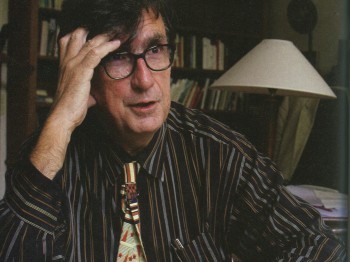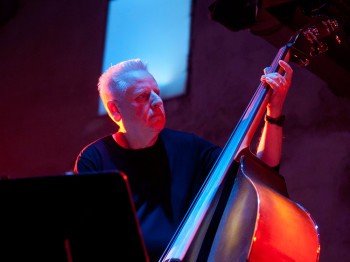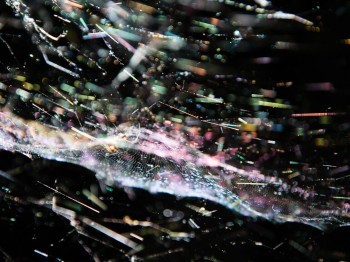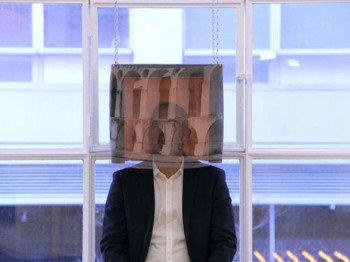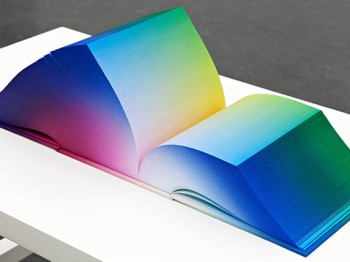
Seeing – Color
The visual pathway has been mapped more comprehensively than almost any other perceptual process. Given vision’s privileged status in forming knowledge (“I see”), science has considerable confidence that we are beginning to “know how we know.” But if we focus on a single aspect of sight – proprioceptive sight, or so-called “blindsight,” or color, or synesthesia, or the plasticity of mind that takes haptic signals and “remaps” them onto the visual cortex – we encounter much more complicated terrain. Artists are tireless empiricists when it comes to visual cognition; this session puts them in discussion with scientists, mathematicians, and philosophers to engage new questions about sight, beginning with color.
Moderator:
Caroline Jones, Professor of Art History, Theory & Criticism, MIT
Participants:
Tauba Auerbach, Artist
Bevil Conway, Associate Professor of Neuroscience, Wellesley College
Alma Steingart, Junior Fellow of the Harvard Society of Fellows

